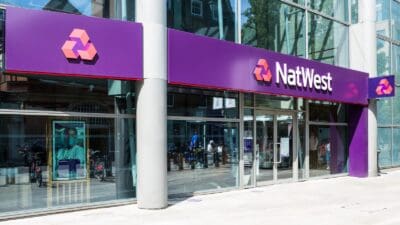Year to date, Tungsten’s (LSE: TUNG) shares have slumped by more than 75%, marking a dramatic fall from grace for the company.
For bargain hunters, this presents an attractive opportunity. Indeed, Tungsten is now trading at an all-time low.
The question is whether now is the time to buy Tungsten, though…
Time to buy?
It really depends on your risk tolerance. Tungsten’s poor performance over the past 12 months can be traced back to the company’s slow progress in signing customers up for its invoice financing facility.
The group has tried to turn things around in recent months, raising £15m through a placing and streamlining its loan approval process. Moreover, Tungsten is currently discussing a proposed joint venture with a global financial institution.
Still, it will take time for the company to get back on track. City analysts don’t expect Tungsten to report a profit until 2017.
Current projections suggest that Tungsten will report earnings per share of 14.3p for 2017, which means that the group is trading at a 2017 P/E of 5.7. This lowly valuation is attractive, but there’s still plenty that could go wrong during the next three years.
Missing expectations
Dialight (LSE: DIA) slumped to a four-year low yesterday after the company issued the latest in what has become a string of profit warnings.
Unfortunately, the consensus seems to be that this won’t be the last profit warning Dialight issues this year.
Dialight’s management has decided to conduct a strategic review following the profit warning, which usually means that the business will announce some hefty restructuring charges over the next few months.
With that in mind, it’s difficult to value Dialight at present levels. For that reason, I’d personally stay away. The company trades at 2.3x book value, and there could still be plenty of downside to come.
Economic concerns
Anglo American (LSE: AAL) has slumped to a six-year low because of fears about the company’s restructuring plan and future earnings potential.
The company is in the process of selling up to $4bn worth of assets, namely its South African platinum and coal mines, but progress is slow.
Like all miners, Anglo has been hit by the sliding price of key commodities and the group is struggling to reignite growth. Earnings are expected to fall 39% this year and with this being the case, Anglo’s valuation of 14.7x forward earnings looks rich.
What’s more, Anglo’s future earnings potential rests on global economic growth and higher commodity prices. So, there’s plenty of uncertainty ahead for the company.
Deteriorating outlook
Cobham’s (LSE: COB) shares have slipped by nearly 15% over the past five months as analysts have revised down their growth projections for the company.
The City now believes that Cobham will earn 21.4p per share this year, down from the figure of 22.5p as predicted a year ago.
This decline may not seem like much, however, at the beginning of the year Cobham was trading at forward P/E of 15.1, which didn’t leave much room for error.
Now, Cobham is trading at a more reasonable forward P/E of 13.5. The company supports a dividend yield 3.9% at present, and the payout is covered twice by earnings per share.







